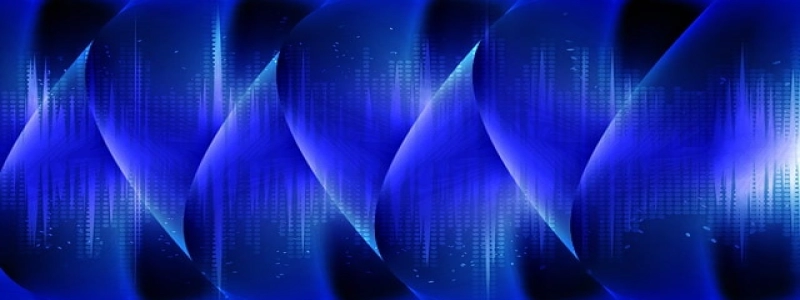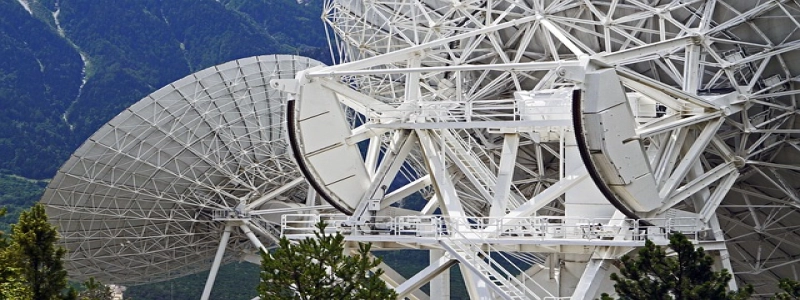Aviation Headset Connector Types
jag. Introduktion
A. Importance of headset connectors in aviation
B. Overview of different aviation headset connector types
II. General Aviation (GA) Twin Plugs
A. Description of GA twin plugs and their use
B. Advantages and disadvantages of GA twin plugs
III. Helicopter/Ultra-Light Connectors
A. Explanation of helicopter/ultra-light connectors
B. Benefits and limitations of helicopter/ultra-light connectors
IV. Military Connectors
A. Introduction to military connectors and their significance
B. Pros and cons of military connectors in aviation
V. Panel Power Connector
A. Description of panel power connectors
B. Advantages and limitations of panel power connectors
VI. Bluetooth/Wireless Connectivity
A. Explanation of Bluetooth/wireless connectivity in aviation headsets
B. Benefits and drawbacks of Bluetooth/wireless connectivity
VII. USB-C Connectors
A. Overview of USB-C connectors for aviation headsets
B. Advantages and limitations of USB-C connectors
VIII. Slutsats
A. Recap of different aviation headset connector types
B. Importance of choosing the right connector for specific aviation needs
In aviation, the choice of headset connectors is crucial for efficient communication and ensuring a secure and reliable connection. Understanding the different types of aviation headset connectors is essential for both pilots and aviation enthusiasts. This article will provide a detailed explanation of various aviation headset connectors, their uses, advantages, and limitations.
The first type of aviation headset connector is the General Aviation (GA) twin plugs. These connectors consist of two 0.25-inch (6.35mm) mono or stereo plugs and are widely used in general aviation aircraft. GA twin plugs offer compatibility with most GA aircraft and are easily interchangeable. dock, their main drawback is that they are not compatible with other aircraft types, making them limited in their versatility.
For helicopter and ultra-light aircraft, specific connectors are utilized to accommodate their unique electrical systems. These connectors, often referred to as helicopter/ultra-light connectors, differ in size and configuration from GA twin plugs. While they are specifically designed for helicopters and ultra-light aircraft, their limited compatibility with other aircraft types can be a disadvantage in certain scenarios.
In military aviation, specialized connectors are employed to withstand rigorous conditions and ensure secure communication. These military connectors, known for their durability and robustness, are designed to withstand extreme temperatures and high vibrations. dock, their unique design and compatibility limitations may pose challenges for pilots when transitioning between military and civilian aircraft.
Another type of aviation headset connector is the panel power connector. These connectors provide power to the headset directly from the aircraft’s panel, eliminating the need for batteries. The panel power connector offers convenience and uninterrupted power supply; however, aircraft compatibility is an important consideration.
With the advancement in technology, Bluetooth and wireless connectivity options have emerged in aviation headsets. These connectors allow pilots to connect their headsets to their devices, such as smartphones or tablets, wirelessly. While offering flexibility and convenience, Bluetooth/wireless connectivity may be subject to interference and limitations in range, making them less reliable in certain situations.
USB-C connectors have also made their way into aviation headsets, providing a universal connectivity option. These connectors offer faster data transfer rates and increased power delivery capabilities. dock, the availability of aircraft with USB-C compatibility may be limited, restricting their widespread adoption.
In conclusion, aviation headset connector types play a critical role in ensuring clear, reliable communication in the aviation industry. Understanding the different types, their uses, advantages, and limitations is essential for selecting the most suitable connector based on specific aviation needs. Whether it is the commonly used GA twin plugs, helicopter/ultra-light connectors, military connectors, panel power connectors, Bluetooth/wireless connectivity, or USB-C connectors, pilots must carefully consider their requirements to make an informed decision.







